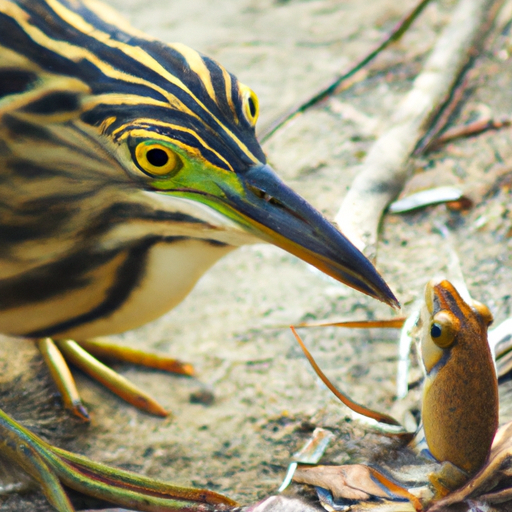 All living creatures possess unique features and characteristics that distinguish them from one another. One of the most fascinating aspects of life on Earth is the diversity of animal species. From tiny insects to majestic elephants, animals inhabit every corner of the planet, exhibiting a wide range of behaviors, abilities, and anatomical structures. Among the many questions that arise when studying animal life is whether all creatures have brains. In this article, we will delve into the intricacies of animal biology to explore this captivating topic.
All living creatures possess unique features and characteristics that distinguish them from one another. One of the most fascinating aspects of life on Earth is the diversity of animal species. From tiny insects to majestic elephants, animals inhabit every corner of the planet, exhibiting a wide range of behaviors, abilities, and anatomical structures. Among the many questions that arise when studying animal life is whether all creatures have brains. In this article, we will delve into the intricacies of animal biology to explore this captivating topic.
To understand whether all animals have brains, we must first define what a brain is and its function. A brain is a complex organ that acts as the central processing unit for an animal’s nervous system. It receives, interprets, and responds to signals from the body, allowing animals to perceive their environment, make decisions, and coordinate their bodily functions.
The evolution of brains can be traced back over 500 million years to the earliest multicellular organisms. Simple nerve networks gradually developed into more sophisticated structures as animals evolved, eventually leading to the emergence of true brains. However, it is important to note that not all animals possess brains in the same way or to the same degree of complexity.
Among the animal kingdom, the diversity of brain structures is vast. At one end of the spectrum, we find animals with highly developed brains, such as mammals, birds, and some reptiles. These creatures possess intricate nervous systems and exhibit sophisticated cognitive abilities. Mammals, for instance, have brains that consist of distinct regions responsible for different functions, like the cerebral cortex for higher-level thinking and the hippocampus for memory.
Moving further along the spectrum, we encounter animals with less complex brains. Insects, for example, have small brains called ganglia. These ganglia are made up of a collection of nerve cells that control basic functions, such as locomotion, feeding, and reproduction. Despite their relatively simple brain structures, insects are capable of remarkable feats, such as navigating complex environments and engaging in intricate social behaviors.
Even simpler organisms, like jellyfish and sponges, lack central nervous systems altogether. They do not possess a discrete brain structure but rely on decentralized networks of neurons to coordinate their movements and sensory responses. In these animals, sensory cells are spread throughout their bodies, allowing them to react to various stimuli. While they may not have a centralized brain, they exhibit behaviors that demonstrate their ability to perceive and respond to their surroundings.
It is worth noting that brain-like structures can also be found in organisms that are not traditionally classified as animals. For instance, plants have a complex system of roots, stems, and leaves, which can be considered analogous to a decentralized nervous system. These structures allow plants to respond to environmental cues, such as light and gravity, and coordinate growth and development. Although their “brains” are vastly different from those of animals, they serve a similar purpose of processing information and initiating appropriate responses.
In summary, while all animals do not possess brains in the traditional sense, they do have some form of a nervous system that allows them to perceive and respond to their environment. From highly complex brains in mammals to decentralized networks in simpler organisms, nature has devised a multitude of ways for animals to navigate the challenges of life. Studying these diverse adaptations provides fascinating insights into the evolution of life on Earth and the ingenuity of nature’s designs.
